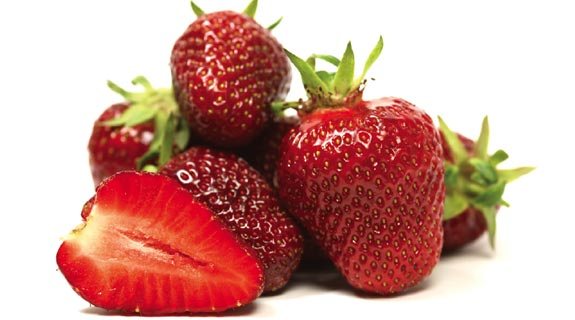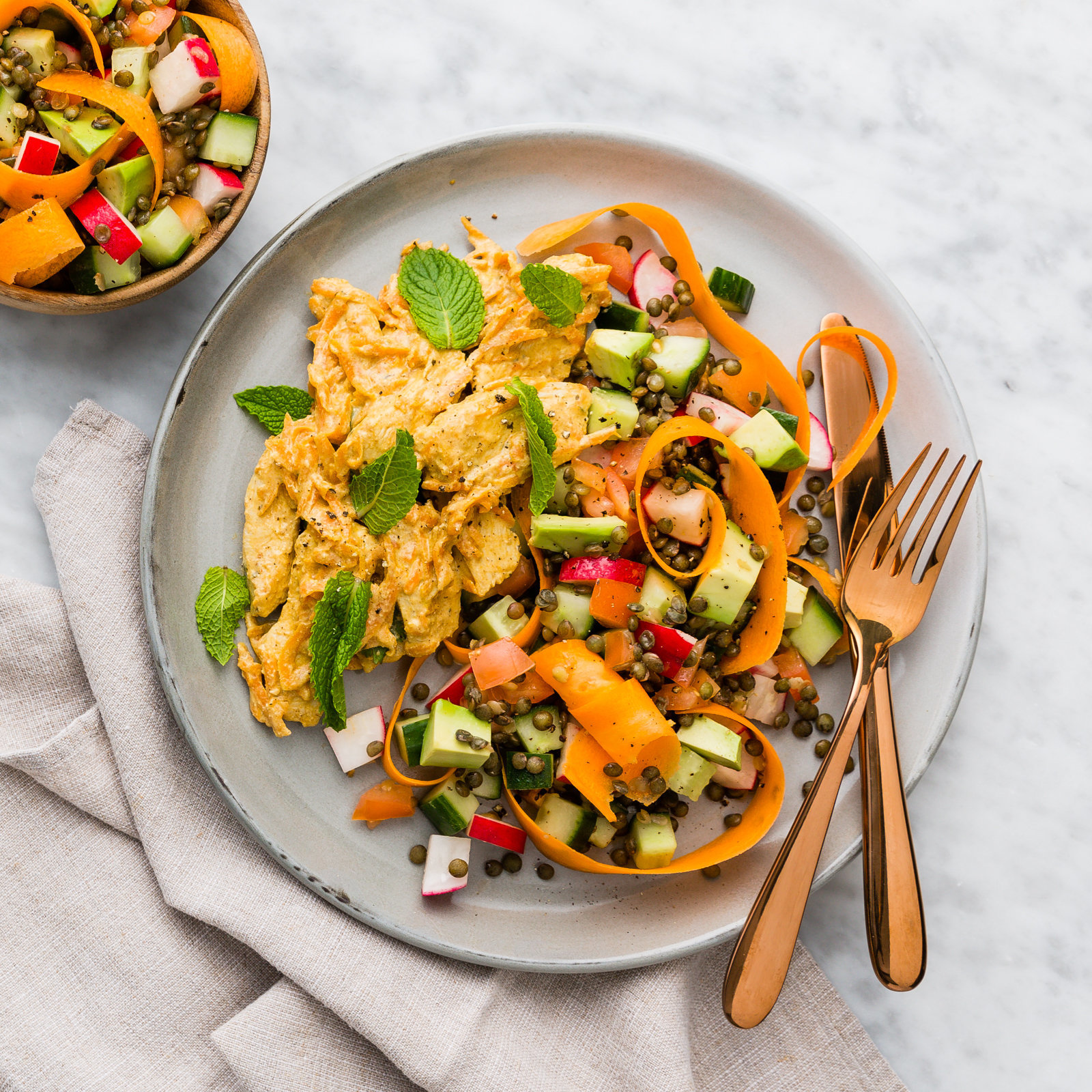Prep now for Christmas strawberries—there’s still time!
Prep now for the Christmas pav
Every year, the Christmas decorations seem to go up earlier at the shops—but retailers have nothing on gardeners. With nine months till Christmas, it’s high time to start thinking about what you’ll put on top of your pav.
In the productive garden, preparation is everything. For good produce year-round, you need to think ahead.
April and May are the perfect months for preparing and planting a strawberry bed. Get one in now and you’ll be set up for the delectable pleasure of fragrant, freckled, red strawberries next summer.
Strawberry plants are as hungry for nutrients as we are for their delicious berries, so once you’ve located a site with good exposure to sunlight, cram your bed with well-rotted compost, animal manure and/or sheep pellets. Whatever you use, dig it in until it’s well mixed and the soil level has visibly risen by around 15 centimetres. This vital shot of nutrients should get plants off to a good start and will also provide that little extra acidity strawberries like.
Depending on your soil type, you might place your strawberry plants on mounded ridges of soil. Mounding ensures good drainage—a must for productive plants—in stickier, clay soils. It also assists with air circulation, which helps prevent disease, but is not essential if you have free-draining soil.
Mounds can be around 15 centimetres high and 30 to 45 centimetres wide at their base. Run your rows or ridges from north to south to achieve even ripening, allowing about 40 centimetres between each plant.
Strawberry plants can be purchased from garden centres and many health food shops—or, better still, create your own by using runners from established plants. These look like elongated leaf stems that come from the base of the plant, but develop small plantlets which then take root.
In the first season of a plant’s growth, remove the runners. In the second season, they can be allowed to form roots. Separate runners by cutting the stems attaching them to the host plant, then lift from the soil and replant nearby as fresh fruiting stock.
Most plants will remain productive for three seasons before becoming spent.
Once your bed is planted, there are a few maintenance tips. In spring pick all early fruit to encourage strong leaf growth—the plants should then go on to produce luscious strawberries in summer. As the fruit begins to form, lay a mulch of straw, pine needles or untreated, fine wood shavings beneath the plants to prevent any berries rotting.
The mulch also slows weeds and retains vital moisture.
Birds have a keen eye for strawberries so some form of protective netting is worthwhile. Depending on how well you’ve composted the ground, you may need to feed your strawberries. Liquid seaweed makes an excellent foliar feed, or use a slower-acting alternative such as blood and bone meal.





